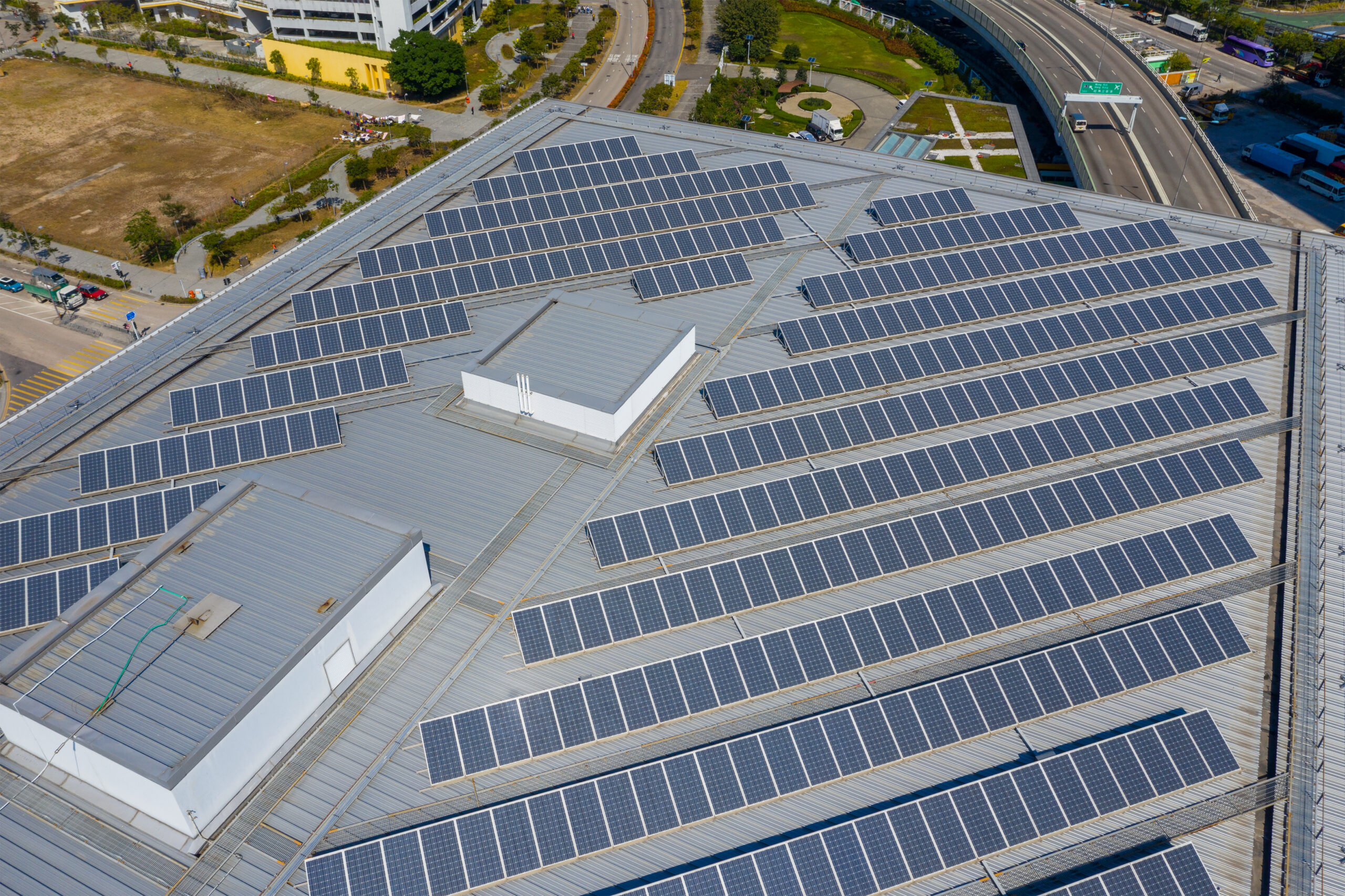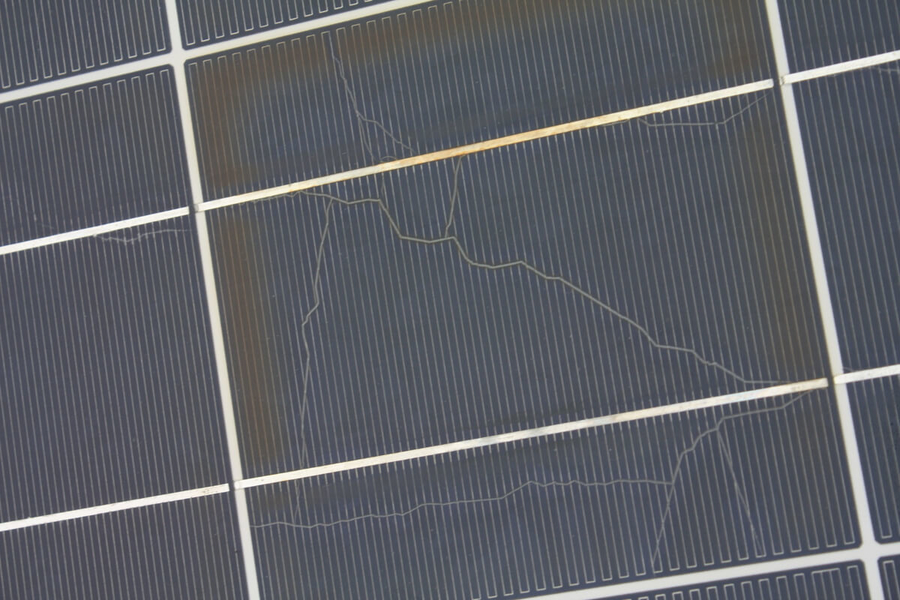Solar panels are like the quiet overachievers of the energy world. They just sit there, soaking up the sun and turning it into electricity—no fuss, no noise, just clean power. But what happens when you don’t use them? Maybe you’ve bought a few for a future project, or they’re sitting idle on an unused property. Do solar panels go bad if not used?
This is a surprisingly common question among solar enthusiasts and homeowners alike. The short answer is no, solar panels don’t “go bad” in the same way a carton of milk does, but inactivity can have its own challenges. To help you get the most out of your investment, we’re diving into everything you need to know about what happens to solar panels when they aren’t used, how to store them, and whether you should be worried about their longevity.

What Happens to Solar Panels If They Are Not Used?
Solar panels are designed to work quietly in the background, but when they’re not used, they don’t suddenly break down or become useless. However, inactivity doesn’t mean there’s no risk at all. The biggest issues with unused solar panels usually involve the environment they’re in.
When a solar panel isn’t generating electricity, it’s still exposed to environmental elements like dust, moisture, and temperature fluctuations. These factors can lead to slow degradation, which might impact the panel’s efficiency down the line. Think of it like leaving your car in a garage for months—it’s not breaking, but it still needs attention.
Here’s what can happen:
- Dust and Debris Accumulation: Dust and grime can build up on the panel surface, making them less efficient when they’re finally used.
- Moisture Damage: Panels stored in humid or wet conditions can suffer from corrosion or internal damage.
- UV Exposure: If panels are left out in direct sunlight for long periods without being connected to an electrical system, the UV exposure might accelerate material wear.
But here’s the good news: solar panels are incredibly durable and built to withstand decades of use—even in extreme conditions. So while inactivity can lead to minor issues, most of these can be prevented with proper care and storage.

Do Solar Panels Have a Shelf Life?
Yes, solar panels have a shelf life—but don’t panic. It’s not as short as a loaf of bread or even the batteries in your TV remote. Most solar panels are built to last 25 to 30 years, even under normal usage conditions. When we talk about a “shelf life” for unused solar panels, we’re really talking about how long they can stay functional and efficient while sitting idle.
The key thing to know is that solar panels don’t immediately degrade when not in use. However, factors like the quality of materials, storage conditions, and handling play a significant role in determining how long they’ll last while in storage.
Key Factors That Affect Shelf Life
- Quality of Manufacturing Materials: High-quality panels from reputable manufacturers are more durable and less prone to damage during storage. For example, monocrystalline panels tend to have better longevity than some thin-film alternatives.
- Storage Conditions: Proper storage can make or break your panels. Panels left in extreme heat, humidity, or sub-zero temperatures are more likely to suffer damage over time. Imagine leaving a pair of sunglasses in a sauna—yeah, not great.
- Handling: Even the sturdiest panels are still glass and silicon at heart, which means rough handling during storage or transport could lead to microcracks or broken connections.
Degradation Rate of Solar Panels
Even under normal conditions, solar panels lose a small percentage of their efficiency each year, typically around 0.5% to 1%. This is called the degradation rate. If your panels are left idle but stored correctly, this degradation rate remains slow. However, improper storage can accelerate this process, leaving you with panels that might not perform as well when you finally put them to use.
Here’s a quick table for perspective:
| Years Stored | Estimated Efficiency Remaining |
|---|---|
| 5 Years | ~97.5% – 99% |
| 10 Years | ~95% – 97% |
| 20 Years | ~90% – 92% |
A Quick Fun Fact
Some solar panels installed in the 1980s are still producing electricity today—just at a slightly lower efficiency. That’s how robust these things are!
While solar panels don’t “expire,” keeping them stored incorrectly can shave years off their expected life. A little care goes a long way to ensuring you get maximum value from your investment.

How Do Environmental Conditions Affect Unused Solar Panels?
You might think that solar panels are built to handle anything—after all, they’re designed to sit outside on rooftops and in fields for decades. But when they’re not connected and actively generating electricity, environmental conditions can have a bigger impact on their long-term performance.
The Good News: They’re Tough
Solar panels are built to withstand extreme weather, from snowstorms to heatwaves. They’re designed to handle UV radiation, rain, wind, and even hail (within reason). But there’s a difference between being actively used and sitting idle. An unused panel isn’t working its electrical components regularly, and prolonged exposure without proper care can cause issues.
Key Environmental Factors That Affect Unused Solar Panels
- UV Exposure
Even though solar panels are made to handle the sun, prolonged exposure to UV rays can cause the materials to degrade over time. The protective layers—such as the glass cover or the polymer backsheet—might start to break down, leading to potential microcracks or discoloration. While this process is slow, it can accelerate if panels are left unused and uncovered. - Moisture and Humidity
Humidity is one of the biggest culprits when it comes to damaging idle solar panels. Moisture can seep into the edges or through microcracks, causing corrosion of the electrical components. Panels stored in damp basements, sheds, or outdoors without proper protection are at higher risk.
Pro Tip: Always store solar panels in a dry, temperature-controlled environment to prevent moisture-related issues.
- Temperature Fluctuations
Solar panels can handle extreme heat or cold, but constant fluctuations between the two can weaken the seals and cause thermal stress. For instance, if you’re storing panels in a place where temperatures swing from freezing at night to blazing hot during the day, you might see faster degradation over time. - Dust and Debris
Dust, dirt, and debris might seem like minor annoyances, but they can cause a surprising amount of damage. If left unchecked, debris can scratch the glass surface, reducing efficiency when you finally use the panels. Dust buildup might also trap moisture, leading to long-term problems like mold or corrosion.
Wildlife Interference
If panels are left in a shed, garage, or even outdoors, there’s always the risk of uninvited guests. Birds, rodents, and insects can chew on wires, build nests, or leave droppings that corrode surfaces.
A Real-Life Example: Panels Left in the Elements
A homeowner in Arizona stored unused solar panels on their property, leaving them exposed to sun, rain, and dust for over three years. When they finally attempted to use the panels, they found that many had developed microcracks and suffered significant efficiency loss. The repair cost ended up being close to half the price of new panels! Lesson learned: store with care.
Preventive Measures to Protect Unused Panels from the Environment
Here are a few quick tips to ensure your unused solar panels don’t fall victim to their surroundings:
- Store them indoors: Choose a dry, stable environment like a garage or warehouse.
- Use protective covers: Invest in durable panel covers to shield them from UV rays, dust, and moisture.
- Inspect regularly: Even in storage, check on your panels every 6-12 months to ensure they’re in good condition.
By taking these precautions, you can minimize environmental wear and tear and ensure your panels are ready to perform when you need them most.

Can You Store Solar Panels Safely?
If you’re not ready to install your solar panels right away, don’t worry—they can absolutely be stored safely. However, improper storage can lead to damage, decreased efficiency, or even the need for costly repairs. So, let’s break down how to store solar panels the right way, step by step.
Why Proper Storage Matters
Imagine buying a shiny new bike, only to leave it outside in the rain for months. It’ll still be a bike, sure, but you’re probably looking at some rust and a few squeaky gears when you finally use it. The same principle applies to solar panels: improper storage exposes them to environmental damage, while proper care preserves their performance.
Step-by-Step Guide to Storing Solar Panels
- Choose the Right Location
- Ideal Environment: A clean, dry, and temperature-controlled space like a garage, warehouse, or basement.
- Avoid Extreme Conditions: Skip areas prone to high humidity, direct sunlight, or dramatic temperature changes. For instance, an uninsulated shed in a snowy region isn’t ideal.
- Inspect Before Storing
Before packing your panels away, give them a thorough inspection for any cracks, loose wiring, or damage. Even small issues can worsen during storage. - Use Protective Covers
- Invest in proper solar panel covers to shield them from dust, debris, and scratches. If you don’t have covers, a clean, soft blanket or tarp can work as a temporary solution.
- Make sure covers fit snugly but don’t apply too much pressure, as this can stress the glass.
- Store Panels Upright or Flat
- Upright Storage: For long-term storage, keeping panels upright (like paintings in a gallery) reduces the risk of physical stress or bending.
- Flat Storage: If storing flat, stack them carefully with foam or padding between each panel to avoid scratches.
- Avoid Stacking Too High: Excess weight on the bottom panel can cause cracks or warping over time.
- Protect Electrical Components
- Cover junction boxes and connectors to prevent moisture or dust from entering.
- If cables are attached, coil them neatly and secure them with ties, making sure they’re not pinched or bent.
- Avoid Wildlife Interference
- Place panels in a location that’s off-limits to critters. Rodents and insects can wreak havoc by chewing through cables or nesting in storage areas.
- Add mothballs or ultrasonic pest repellents if you’re storing panels in a garage or shed.
- Label and Document
- If you’re storing multiple panels, label each one with purchase dates, specs, and any warranty information.
- Keep a storage checklist handy to track inspection dates and conditions.
Common Mistakes to Avoid When Storing Solar Panels
- Leaving Panels Outdoors Unprotected: Even if it’s just temporary, exposure to rain, snow, and UV rays can cause serious damage.
- Improper Stacking: Piling panels without padding or supports can lead to scratches, cracks, and uneven stress on the glass.
- Ignoring Regular Checks: Out of sight shouldn’t mean out of mind. A quick inspection every few months can catch small problems before they escalate.
Quick Comparison: Ideal vs. Poor Storage Conditions
| Aspect | Ideal Storage | Poor Storage |
|---|---|---|
| Location | Dry, climate-controlled | Outdoors or humid basement |
| Protection | Covered with padding | Left uncovered |
| Stacking | Upright or padded stacks | Panels stacked directly on each other |
| Maintenance | Regular inspections | No checks for months/years |
Pro Tip for Long-Term Storage
If you’re storing panels for several years, consider connecting them briefly to a testing setup every 6-12 months. This ensures they stay functional and lets you catch any potential issues early.
By following these tips, you can store your solar panels confidently, knowing they’ll be in excellent shape when you’re finally ready to install them.